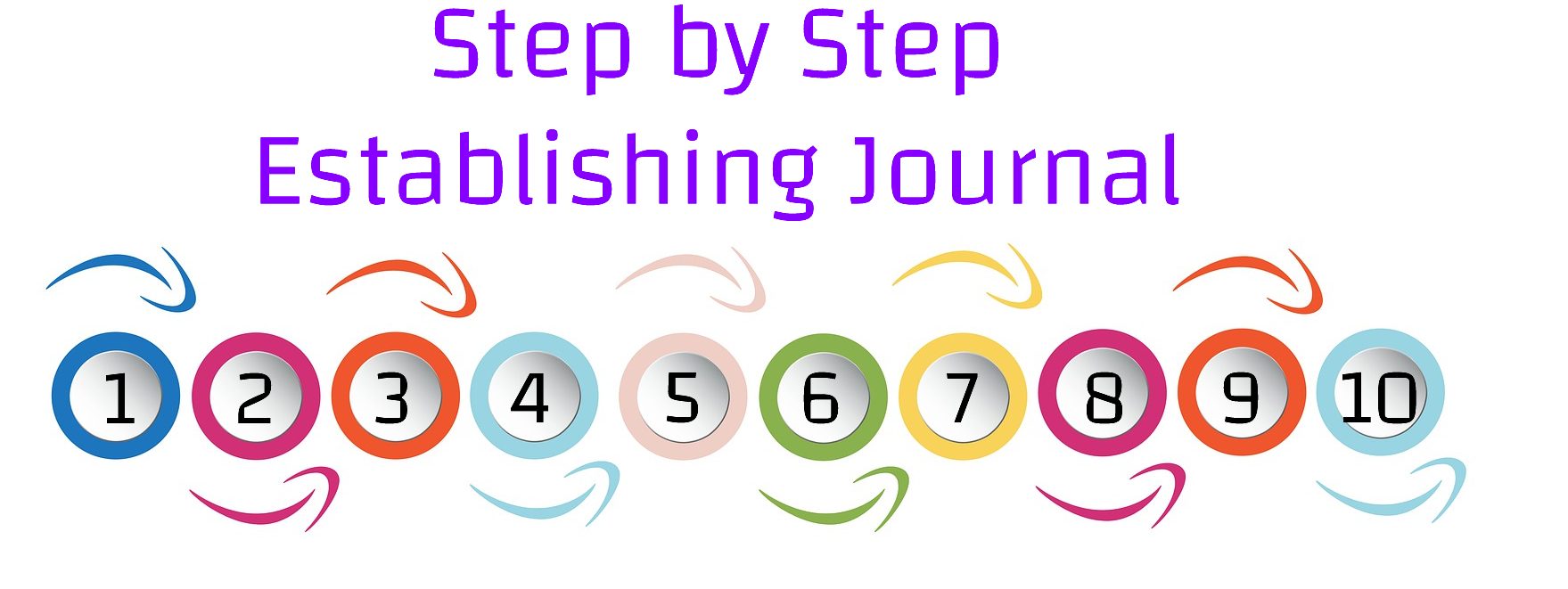This article has been prepared to guide our clients who have established academic journals through OJS Services in the ISSN application process. For assistance with academic journal setup and ISSN application criteria, please contact us at OJS Services Contact.
The International Standard Serial Number (ISSN) is a unique identifier for serials and continuing resources, such as academic journals, newspapers, newsletters, and magazines. Obtaining an ISSN involves meeting specific criteria and requirements. This guide provides a detailed overview of the ISSN application process.
Who Can Apply for an ISSN?
Any citizen over the age of 18 can apply for an ISSN. If there is an ISSN center in a country, citizens of that country should apply through their national center. However, if they reside, work, or study in another country, they can apply through the ISSN center in their current country of residence. If a country does not have an ISSN center, citizens can apply directly through the Global ISSN Center at https://portal.issn.org/. You can check which countries have an ISSN center on this page: https://portal.issn.org/.
Basic Requirements for Obtaining an ISSN
- The journal’s website should be ready.
- The first issue should be published.
- At least five articles should be published in the first issue.
Once these conditions are met, an ISSN application can be submitted for an online academic journal. Below are additional considerations before applying for an ISSN:
What is an ISSN and Why is it Important?
An ISSN is an eight-digit number used to identify serial publications and ensure their standardization. For publishers, having an ISSN increases the recognition of their publications and enhances their credibility within the academic and professional communities.
Requirements for ISSN Application
1. Title of the Serial/Periodical
The title of the serial or periodical must be consistent across all platforms (website, cover page, within articles, ISSN application form, etc.).
2. Name and Address of the Publisher
The publisher’s name and address should be mentioned on the main or contact page. For print serials, this information should be on the first or second page.
3. Editorial Board Page
Include an “Editorial Board” section on the main webpage of the serial or periodical. Provide details of at least five editorial board (EB) members, including their full name, complete affiliated institutional address, and institutional email ID (not personal email IDs like Gmail or Yahoo). For scholarly journals, EB members should be senior faculty members.
4. Archives Page (For Online Serials Only)
Maintain and update yearly archives according to the publication frequency. Archives should be named using the journal abbreviation, volume number, issue number, and year. Each issue should list the article titles with individual PDF links.
5. First Page/Main Page of the Serial/Periodical
The first or main page should include details like ISSN (print/online), introductory text about the publication, aims and scope, publication frequency, language, starting year, format (online or print or both), publisher details, author guidelines, and submission details.
6. Bibliographic Details
Each article’s first page should display basic bibliographic details such as the name of the serial/publication, volume number, issue number, and page numbers. Each page of an article should be consecutively numbered.
7. Language Support for Non-English Publications
Websites of serials/periodicals published in languages other than English should facilitate translation into English for easy scrutiny of the ISSN request application forms.
8. Verification of Editorial Board Members
In some countries (e.g., India), the ISSN office will send verification emails to two randomly selected EB members. These members must reply within seven days; otherwise, the application will be declined.
OJS (Open Journal Systems) is an article tracking and publishing system that technically meets the aforementioned standards.
For assistance with academic journal setup please contact us at OJS Services Contact.
Tips for ISSN Application
- Avoid providing false or misleading information in the application or on the website. This can result in application rejection.
- Ensure the accuracy and completeness of information about the editorial board members.
- Regularly update the publication archives to maintain a well-managed publication history.
Conclusion
Obtaining an ISSN enhances the recognition and credibility of your publications on an international scale. By following the outlined steps and providing all necessary information, publishers and individuals can successfully complete the ISSN application process.



Comments are closed